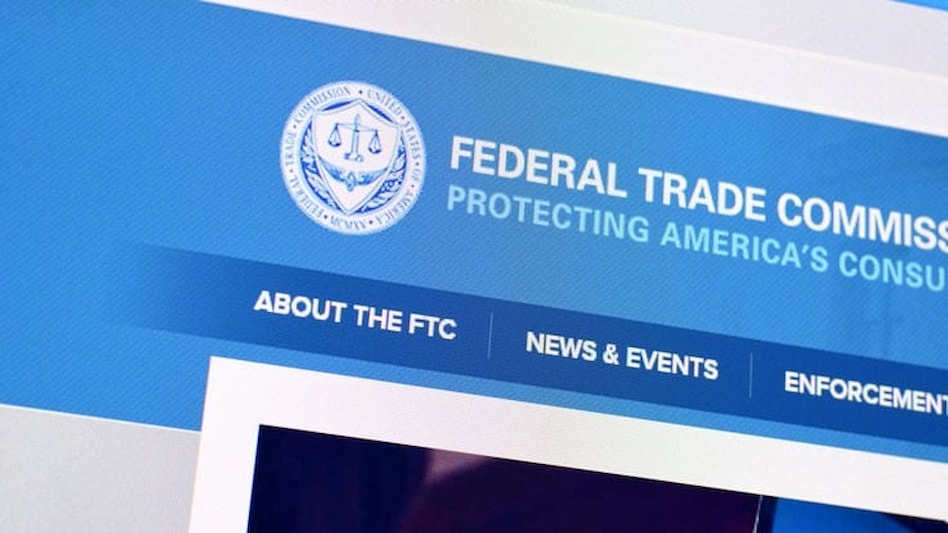
Understanding the FTC Safeguards Rule: A Comprehensive Guide to Compliance and Enhanced Cybersecurity
As a IT expert at International Tech Partners, I’ve dedicated my career to helping businesses protect their valuable data and maintain compliance with ever-evolving regulations. Today, I’d like to discuss a critical issue that all businesses engaged in significant financing activities, such as automotive dealerships, must address – the expanded Safeguards Rule by the Federal Trade Commission (FTC).
This article will guide you through the implications of this rule, the high costs of non-compliance, the essential components of a comprehensive cybersecurity stack, and the ways in which our team at [Your Company] can support your business in meeting these new requirements while optimizing costs. With the compliance deadline of June 9, 2023, fast approaching, it’s crucial to act now to protect not only your business but also yourself as a business owner or director.
The expanded Safeguards Rule, which takes effect on June 9, 2023, requires financial institutions, including businesses involved in significant financing activities like automotive dealerships, to implement more comprehensive information security programs to protect customer data. Non-compliance with this rule can result in hefty fines and severe penalties. Here’s what you need to know.
Understanding the Expanded Safeguards Rule
The Safeguards Rule initially focused on financial institutions. But the expanded rule now covers organizations that:�
- Handle large amounts of money�
- Offer loans or extended lines of credit�
- Connect consumers with financial institutions�
- Are involved with gaining or accessing capital
The High Cost of Non-Compliance
Failure to comply with the Safeguards Rule by the June 9, 2023 deadline can lead to significant penalties:
- Fines: Up to $100,000 per violation, with an additional $10,000 against owners, officers, and directors personally. In some cases, total fines for consent violations can be as much as $43,000 per day for each violation.
- Reputational Damage: Non-compliance can undermine customer trust, weaken partnerships, and damage vendor relationships.�
- Data Loss: Data breaches can cost millions. A current IBM study found that the average data breach costs Americans $9.44 million.�
- Litigation: Non-compliance can lead to lawsuits, regulatory audits, and, in worst-case scenarios, imprisonment for criminal negligence for up to five years.
Building a Comprehensive Cybersecurity Stack
The expanded Safeguards Rule mandates that businesses implement a comprehensive information security program. This program needs to include several layers, often referred to as a cybersecurity stack:�
- Network Security: Protects the underlying networking infrastructure from unauthorized access, misuse, malfunction, modification, destruction, or improper disclosure.
- Application Security: Ensures the security of applications from threats that can come through software flaws.
- Endpoint Security: Secures each endpoint on the network to prevent potential access points for security threats.
- Data Loss Prevention: Aims to prevent data leaks and theft.
- Identity and Access Management: Ensures that only authorized individuals have access to resources.
- Incident Response: Outlines the steps to take when a cybersecurity incident occurs.
The Importance of Proactive Cybersecurity
In the rapidly evolving digital landscape, waiting for a breach or cyber-attack to happen before taking action is no longer an option. Cybersecurity threats are becoming increasingly sophisticated, and businesses need to be proactive in their approach to cybersecurity.
Cybersecurity is not a one-size-fits-all solution. Each organization has unique needs and challenges, and the cybersecurity stack needs to be tailored to meet these specific requirements. At ITP, we evaluate your needs and provide customized solutions to cybersecurity, providing outcomes that align with your unique needs, industry standards, and regulatory requirements.
Effective CybersecurityStarts with Understanding
The first step to effective cybersecurity is understanding your current cybersecurity posture. This includes assessing your existing security measures, identifying potential vulnerabilities, and understanding your risk exposure. It also involves understanding the new requirements under the FTC Safeguards Rule and how they apply to your business.
Our team of experts can conduct a comprehensive cybersecurity audit to assess your current cybersecurity posture and identify areas for improvement. This audit will provide a clear picture of your current security measures and provide a roadmap for enhancing your cybersecurity.
Developing a Tailored Cybersecurity Strategy
Based on the findings from the cybersecurity audit, the team will develop a tailored cybersecurity strategy for your business. This strategy will include measures to address identified vulnerabilities, enhance your overall cybersecurity, and ensure compliance with the FTC Safeguards Rule.
Implementing and MonitoringYour Cybersecurity Stack
Once the cybersecurity strategy is in place, the next step is implementation. Our experts will work closely with your business to implement the proposed measures, ensuring a seamless integration with your existing operations.
But the job doesn’t end with implementation. Cybersecurity is an ongoing process, and continuous monitoring is crucial. The team will provide ongoing support, monitoring your cybersecurity stack for potential threats and ensuring continued compliance with the FTC Safeguards Rule.
How International Tech Partners Can Help
At ITP, we specialize in helping businesses like yours navigate these new requirements. Whether you need to implement a new cybersecurity stack, upgrade your current one, or evaluate your existing security measures for alignment with the Safeguards Rule, our team of experts can guide you every step of the way.We actively assist businesses in meeting these requirements while optimizing costs. Our solutions leverage the latest technologies and practices in cybersecurity to protect your business and ensure compliance with the Safeguards Rule.
The June 9, 2023 deadline is fast approaching. I strongly urge all business owners and leaders to assess their cybersecurity posture now and take the necessary steps to ensure compliance. Remember, the consequences of non-compliance are significant and can impact not only your business but also you as an owner or director.
Don’t wait until it’s too late. Engage with a cybersecurity expert today. Reach out to us for a consultation and let us help you navigate these changes to safeguard your business and your customers’ data.
The Time to Act is Now
The June 9, 2023 deadline is rapidly approaching. Non-compliance with the FTC Safeguards Rule can result in significant fines and penalties, reputational damage, and even litigation. As business owners, directors, and leaders, it is our responsibility to protect our businesses, our customers, and ourselves.�
Take action today. Engage with a cybersecurity expert. At [Your Company], we’re here to help you navigate the complexities of the FTC Safeguards Rule and enhance your cybersecurity. Reach out to us for a consultation and let us help you safeguard your business and your customers’ data.�
Remember, in the world of cybersecurity, prevention is always better than cure.�
�


